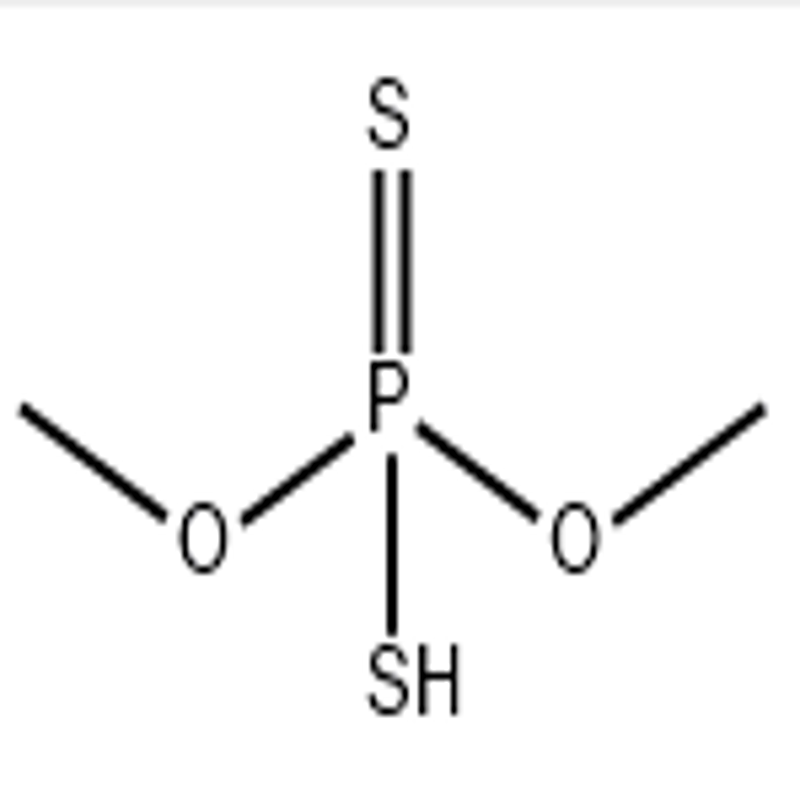-
Categories
-
Pharmaceutical Intermediates
-
Active Pharmaceutical Ingredients
-
Food Additives
- Industrial Coatings
- Agrochemicals
- Dyes and Pigments
- Surfactant
- Flavors and Fragrances
- Chemical Reagents
- Catalyst and Auxiliary
- Natural Products
- Inorganic Chemistry
-
Organic Chemistry
-
Biochemical Engineering
- Analytical Chemistry
-
Cosmetic Ingredient
- Water Treatment Chemical
-
Pharmaceutical Intermediates
Promotion
ECHEMI Mall
Wholesale
Weekly Price
Exhibition
News
-
Trade Service
Xinhua News Agency, Beijing, January 5 (Reporter Chen Cong) The reporter learned from the State Food and Drug Administration that food safety issues caused by pesticides, veterinary drug residues, heavy metals and environmental pollution, as well as food and beverages that are closely related to the common people, Food and drug regulatory authorities will increase the intensity and frequency of random inspections
.
? According to the "2017 Food Safety Sampling Inspection Plan and Requirements" issued by the State Administration of Food and Drug Administration a few days ago, the provincial food and drug regulatory authorities should focus on organizing and carrying out random inspections in middle and elementary schools and kindergartens canteens, schools around schools, urban and rural areas and other places; , The county-level food and drug regulatory authorities, in addition to focusing on random inspections of pesticide residues in vegetables and fruits, and veterinary drug residues in livestock and poultry meat, and aquatic products sold in the local market, should also increase inspections on “small restaurants,” “small workshops,” and “small vendors”.
"The intensity of random inspections
.
? According to the sampling plan and requirements, the food safety sampling plan for 2017 covers 33 major food categories, 132 food varieties, and 203 food sub-categories, with a total of 127,500 batches of random inspections
.
The General Administration randomly inspected 31,400 batches at this level, including 27,000 batches for planned random inspection and 0.
44 million batches for special random inspection
.
The sampling sites are mainly large chain supermarkets, large shopping malls, large wholesale markets, etc.
.
? According to the "2017 Food Safety Sampling Inspection Plan and Requirements" issued by the State Administration of Food and Drug Administration a few days ago, the provincial food and drug regulatory authorities should focus on organizing and carrying out random inspections in middle and elementary schools and kindergartens canteens, schools around schools, urban and rural areas and other places; , The county-level food and drug regulatory authorities, in addition to focusing on random inspections of pesticide residues in vegetables and fruits, and veterinary drug residues in livestock and poultry meat, and aquatic products sold in the local market, should also increase inspections on “small restaurants,” “small workshops,” and “small vendors”.
"The intensity of random inspections
.
? According to the sampling plan and requirements, the food safety sampling plan for 2017 covers 33 major food categories, 132 food varieties, and 203 food sub-categories, with a total of 127,500 batches of random inspections
.
The General Administration randomly inspected 31,400 batches at this level, including 27,000 batches for planned random inspection and 0.
44 million batches for special random inspection
.
The sampling sites are mainly large chain supermarkets, large shopping malls, large wholesale markets, etc.







